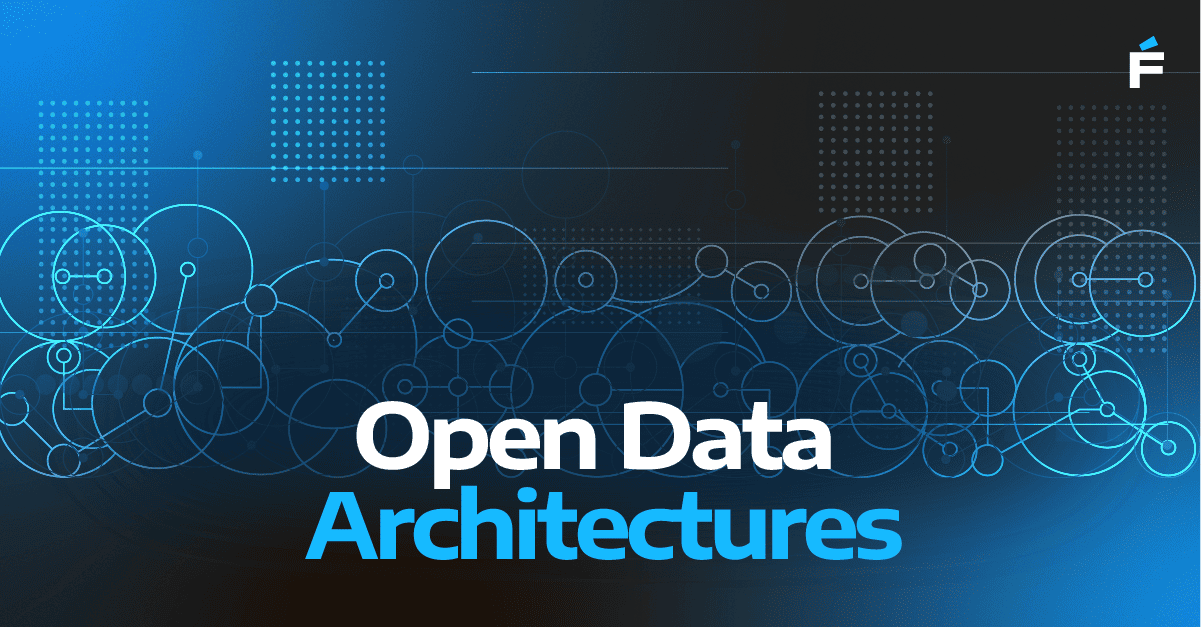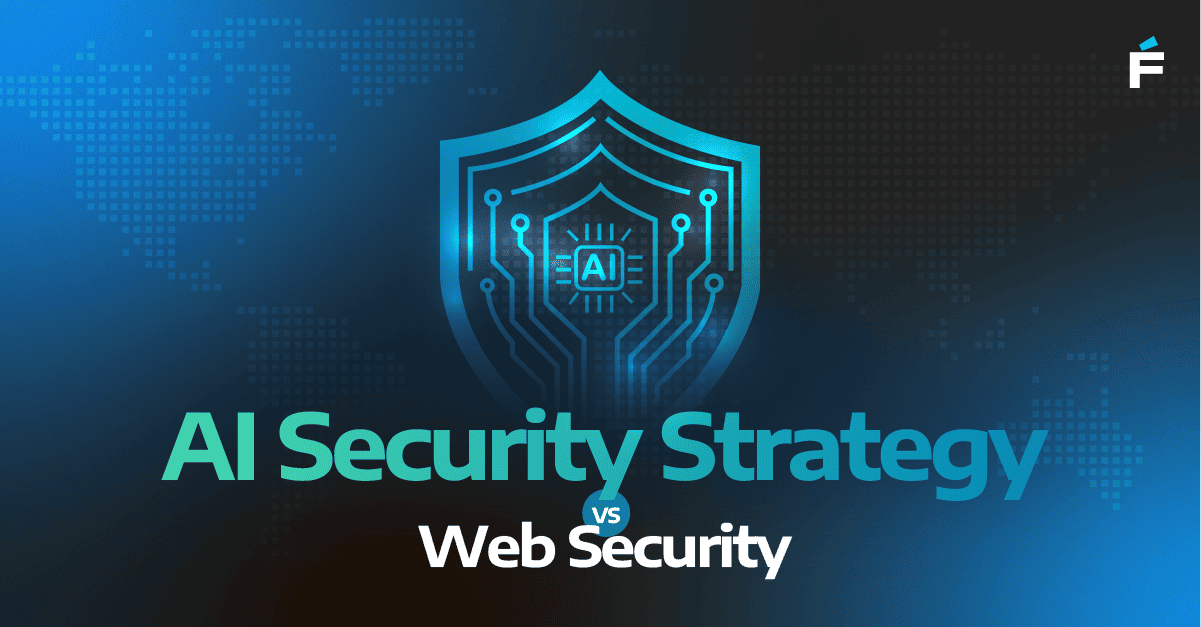The global demand for artificial intelligence solutions is accelerating at a remarkable pace. According to Gartner, the AI market is expected to reach $126 billion by 2025, driven by enterprise demand for automation, data intelligence, and personalized customer experiences. Yet despite the excitement surrounding AI, many organizations find themselves struggling to deliver meaningful results internally.
The reasons are not surprising: AI initiatives are complex, resource-intensive, and dependent on specialized expertise that is difficult to recruit and retain. In this environment, outsourcing AI development has emerged as a strategic lever for accelerating innovation and reducing risk.
In this article, we explore five key advantages of outsourcing AI development and why it may be the most effective way to bring transformative AI capabilities into your organization.
1. Optimize Costs Without Sacrificing Quality
Building a full-fledged, in-house AI team is a capital-intensive undertaking. It requires:
- Recruiting hard-to-find data scientists, ML engineers, and MLOps professionals
- Investing in infrastructure such as GPUs, cloud services, and DevOps pipelines
- Supporting ongoing training to keep pace with rapidly evolving tools and methods
According to Glassdoor, the average annual salary for an experienced AI professional is around $120,000, not including the additional costs of onboarding, management, and operational overhead. And that’s just one hire. Multiply this by the cross-functional team typically required to deploy production-grade AI, and the financial burden becomes significant.
Outsourcing allows organizations to access top-tier AI capabilities at a fraction of the cost. According to Deloitte, companies can save up to 50% in operational costs by outsourcing AI projects, primarily through reduced hiring, faster delivery, and no capital investments in hardware or infrastructure.
In addition, outsourcing introduces a variable cost model. Rather than committing to long-term salaries and infrastructure, organizations can align spending with project phases and milestones. This enables greater financial flexibility, particularly for early-stage initiatives or proof-of-concepts.
2. Access Specialized Talent at Scale
One of the most persistent barriers to AI adoption is the global talent shortage. A study by Burning Glass Technologies reveals that demand for AI professionals continues to outpace supply, with open roles outnumbering qualified candidates by a ratio of 2:1.
By partnering with an AI consultancy or outsourcing firm, organizations gain immediate access to a global talent pool—often composed of specialists with experience across a wide spectrum of AI subfields, including:
- Natural language processing (NLP)
- Computer vision
- Reinforcement learning
- Predictive analytics
- Deep learning and neural networks
- Machine learning operations (MLOps)
This diversity of expertise is difficult to replicate internally, particularly in smaller organizations or those with limited technical bandwidth. In contrast, many AI service providers actively invest in R&D, attend academic conferences, and collaborate with universities to remain current on the latest advancements.
These providers also bring established engineering best practices, proven frameworks, and deep experience across industries—accelerating implementation and minimizing experimentation overhead.
3. Accelerate Time-to-Market
AI initiatives are time-sensitive. The faster an organization can go from concept to deployment, the sooner it can deliver value, differentiate from competitors, and respond to market needs.
Outsourcing often shortens time-to-market significantly:
- Forrester reports that companies working with AI service providers reach production 20% faster than those relying exclusively on in-house resources.
- Deloitte notes that outsourcing can reduce AI development timelines by up to 50%, due to pre-built tools, established workflows, and experienced teams.
Reputable AI partners typically have codified development processes that cover the entire AI lifecycle:
- Data engineering and preprocessing
- Model architecture selection
- Training, validation, and hyperparameter tuning
- Integration, deployment, and ongoing monitoring
These frameworks help avoid the most common bottlenecks, especially in early-stage development, and ensure consistency, reproducibility, and scalability across projects.
Case in point: A European telecommunications company with over 300 million users needed to optimize its IoT application delivery platform. By outsourcing to an AI services firm, they streamlined infrastructure upgrades, automated capacity planning, and shortened integration timelines, ultimately reducing time-to-market and improving platform reliability.
4. Achieve Scalable, Flexible Delivery
As organizations mature their AI capabilities, their needs change. Pilot programs give way to production workloads, and internal demands fluctuate depending on business priorities.
This is where outsourcing shines: it enables organizations to scale up or down without long-term commitments.
Whether you’re:
- Spinning up a short-term prototype
- Scaling a high-demand model into multiple markets
- Shifting focus from computer vision to generative AI,
Outsourcing gives you elastic resourcing. You can add new skill sets quickly, adjust delivery velocity, or pivot to new domains, without overextending your internal headcount or budget.
Scalability also extends to infrastructure. Training large models requires high-performance computing resources that many companies can’t justify owning. Outsourced providers often come equipped with enterprise-grade infrastructure (e.g., GPU clusters, distributed training environments, scalable cloud deployments), which clients can leverage on demand.
5. Free Internal Teams to Focus on Core Initiatives
AI is a powerful enabler, but it’s rarely a company’s core business. Outsourcing AI development allows organizations to focus internal energy on what they do best (product development, customer experience, operations, or expansion) without getting bogged down by the intricacies of algorithm design and infrastructure management.
This is a common pain point: AI development requires coordination across data pipelines, DevOps, security, compliance, and deployment, a significant drain on teams that may already be stretched thin.
According to Harvard Business Review, companies that outsource non-core technical functions experience an average 20% increase in internal productivity, thanks to reduced administrative overhead and clearer prioritization.
By working with external AI partners, business leaders can:
- Delegate the technical execution to trusted experts
- Maintain oversight through clear KPIs and project milestones
- Focus strategic attention on market differentiation and value creation
The result is a more balanced, efficient organization that leverages AI without becoming consumed by it.
Conclusion: A Strategic Investment in AI Success
While building an in-house AI team may be the right long-term strategy for some large enterprises, it’s not always practical or necessary. For many organizations, outsourcing AI is a faster, more scalable, and cost-efficient path to innovation.
The key is choosing the right partner: one with proven experience, technical depth, domain knowledge, and a collaborative approach.
At Forte Group, we help companies navigate the full AI journey, from opportunity discovery to production deployment, through flexible delivery models and access to high-performing teams across machine learning, data engineering, and MLOps.
If you're evaluating how to bring AI into your organization or scale an existing initiative, outsourcing may be the smartest next move.


.png)

